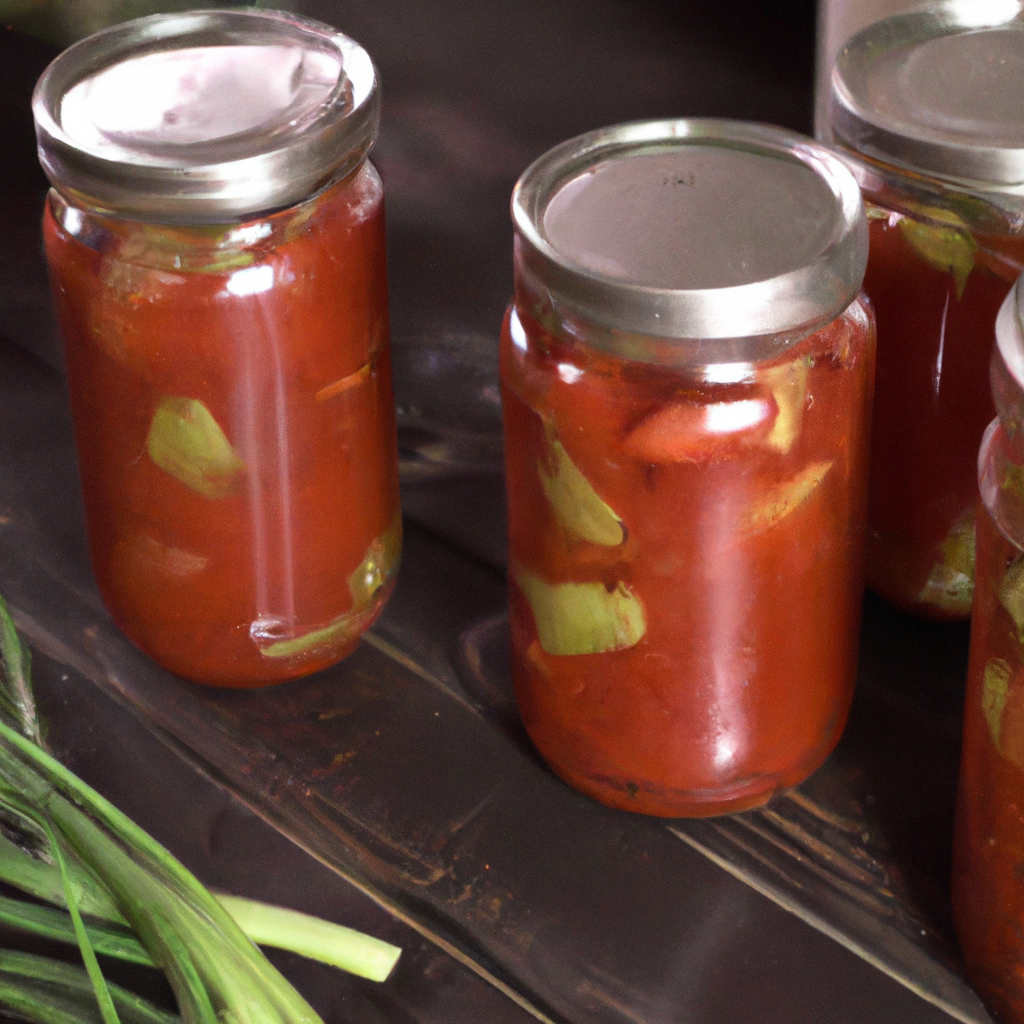Food preservation has been an age-old practice, with the most popular and effective method being canning. Canning involves the process of sealing food in jars or cans, where it is sterilized to prevent spoilage. The technique is widely used in households and commercial settings, and it is essential to know the various canning techniques, tips, and tricks to ensure the safe and effective preservation of food.
Canning Techniques
There are two primary canning techniques: water bath canning and pressure canning. Water bath canning is used for high-acid foods like fruits, pickles, and tomatoes, while pressure canning is used for low-acid foods like meats, vegetables, and seafood.
Water Bath Canning
Water bath canning involves submerging filled jars in boiling water for a specific period to preserve the food. It is a simple and cost-effective method that requires minimal equipment. The following are the steps involved in water bath canning:
1. Preparing the food: Wash, peel, and chop the fruits or vegetables of your choice. Add the necessary ingredients like sugar, salt, vinegar, or spices to enhance the flavor.
2. Sterilizing jars: Wash the jars and lids in hot, soapy water and rinse thoroughly. Place them in a pot of boiling water for 10 minutes to sterilize.
3. Filling the jars: Fill the jars with the prepared food, leaving some headspace at the top. Wipe the rim of the jar with a clean cloth to remove any food particles.
4. Sealing the jars: Place the lids on the jars and secure them with the screw bands. Tighten the bands, but not too much, as the air needs to escape during the canning process.
5. Canning the food: Place the jars in the water bath canner, ensuring that they are fully submerged in water. Bring the water to a rolling boil and process for the recommended time.
6. Cooling and storing: Remove the jars from the canner and place them on a towel to cool. Check the seals, and store the jars in a cool, dry place.
Pressure Canning
Pressure canning is used for low-acid foods like meats, vegetables, and seafood, which require higher temperatures to kill bacteria. It involves the use of a pressure canner, which heats the food to temperatures above boiling point. The following are the steps involved in pressure canning:
1. Preparing the food: Wash and prepare the food as needed, and add the necessary ingredients.
2. Sterilizing jars: Wash the jars and lids in hot, soapy water and rinse thoroughly. Place them in a pot of boiling water for 10 minutes to sterilize.
3. Filling the jars: Fill the jars with the prepared food, leaving some headspace at the top. Wipe the rim of the jar with a clean cloth to remove any food particles.
4. Sealing the jars: Place the lids on the jars and secure them with the screw bands. Tighten the bands, but not too much, as the air needs to escape during the canning process.
5. Canning the food: Place the jars in the pressure canner, ensuring that they are fully submerged in water. Follow the manufacturer’s instructions for operating the canner and processing time.
6. Cooling and storing: Remove the jars from the canner and place them on a towel to cool. Check the seals, and store the jars in a cool, dry place.
Canning Tips and Tricks
– Use fresh, high-quality ingredients for the best results.
– Follow a trusted canning recipe to ensure safe and effective food preservation.
– Use the appropriate canning technique for the type of food you are preserving.
– Use proper canning equipment, including jars, lids, and canners.
– Do not reuse lids or jars, as they may not seal properly.
– Leave the recommended headspace in the jars to allow for expansion during processing.
– Remove air bubbles by running a knife or spatula along the sides of the jar.
– Label the jars with the date and contents to avoid confusion.
– Store canned food in a cool, dry place away from direct sunlight.
Conclusion
Canning is a time-tested method of preserving food that has been used for generations. By following the appropriate canning techniques, tips, and tricks, you can ensure safe and effective food preservation. Whether you are a seasoned canner or a beginner, it is essential to follow trusted recipes, use proper equipment, and store your canned food correctly. With the right knowledge and skills, you can enjoy the benefits of fresh, homegrown produce all year round.







